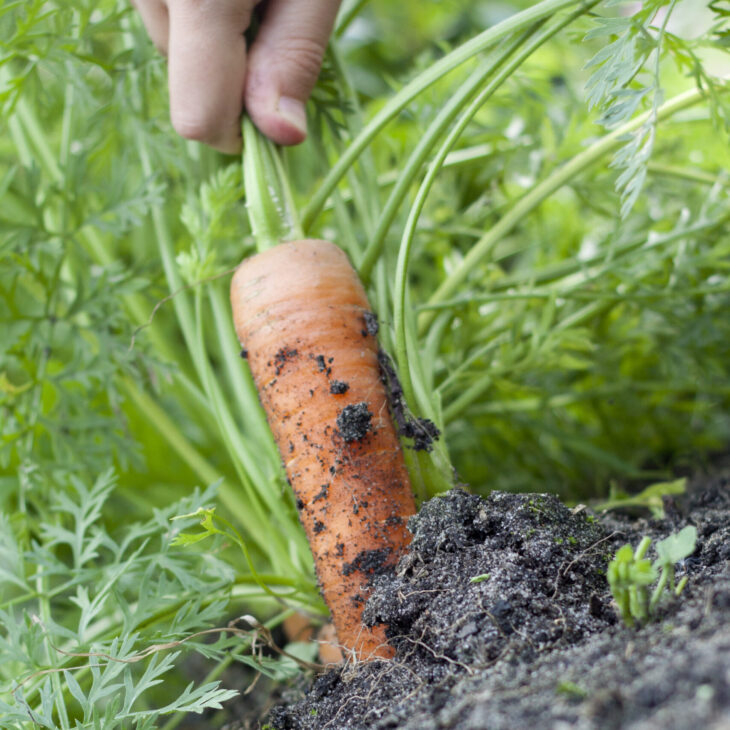Growing your own fruit and vegetables is an incredibly satisfying thing to do. Not only does it provide you with the freshest and tastiest food possible, it can also help to attract wildlife to your garden. Here are a few tips on how you can do it in a wildlife-friendly way,
Before you start
One big step towards growing your own fruit and vegetables with wildlife in mind is to stop using chemical pesticides. These upset the natural balance of the environment and tend to kill both ‘pests’ (which of course are wildlife too) and also their natural predators. Without predators, pests may recover much quicker, so it’s best to be a bit more pest-tolerant and allow their natural predators to do some of the work for you.
Before planting, learn as much as possible about the sorts of pests that are attracted to the crops you want to grow and the natural ways you might be able to control them. As well as encouraging their natural predators, other wildlife-friendly pest control includes physical intervention like picking off slugs and aphids by hand, and putting up barriers like crushed eggshells and copper bands to prevent unwelcome intruders.
Preparing your soil
If your starting from scratch, you’ll need to spend some time preparing the area.
Step 1: Dig through the soil to remove any weeds, large roots or stones
Step 2: Add some soil improver like a peat-free compost, manure or leaf mould. Dig this through the soil and rake it so that it’s level.
Finding out what type of soil you have (for instance its acidity, whether it’s clay or sandy, and how well it holds moisture) provides clues to what is likely to grow best.
Planting your patch
If it’s your first time growing your own fruit and veg, some crops are easier to grow than others. Courgettes, potatoes, strawberries, tomatoes and beans are all good to start with.
Some seeds can be planted directly into the soil in spring, but others may need to be grown in a pot in a greenhouse or on a sunny windowsill to get going. As each fruit and vegetable is different, it’s best to read the seed packets and follow the instructions given on how and when to plant.

